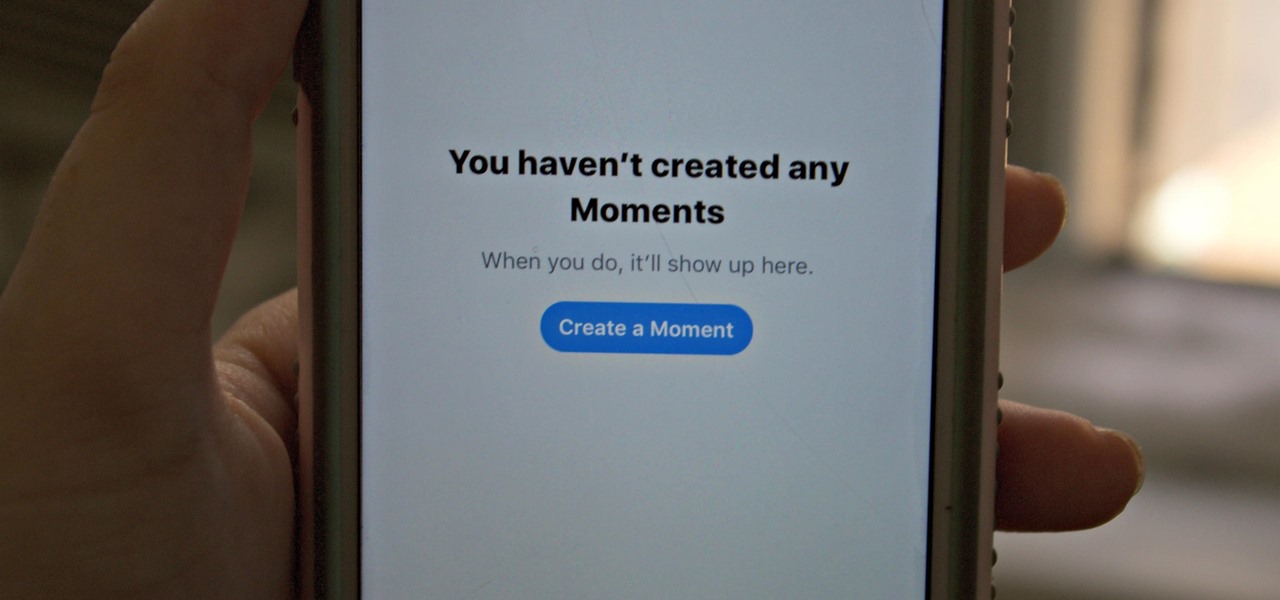
You have now decided to develop your own digital marketing strategy. What's next? This article will guide you through each step of the process from selecting your channel to researching your audience. This article will help you create a customer journey, and how to split test your strategy. Once you have this information, your brand will know if it is working. If your strategy is not working, you are not the only one. Many other businesses have asked the same question: How do I create a digital marketing strategy?
Researching your audience
In creating a digital marketing strategy, research your audience to better understand their needs. Quantitative research is a way to do this. It involves surveying large numbers of people and then generating statistical data. You can create an email campaign to target a specific audience by identifying their interests and pain points. Similarly, you can look at their purchase history to determine their purchasing behavior. Then you can target your marketing messages to the targeted audience segments.
It is essential to fully understand your audience in order to develop a successful strategy for digital marketing. Without research, you'll be blind to their desires and needs. Research can help you to identify these issues and create personalized content for them. You can also predict their needs, which will help you become more efficient in your marketing. Here are some tips on researching your audience.
Interviews: Surveys can help you better understand your audience. Surveys: You can email existing customers and publish customer reviews via social media. Interviews are also possible. These surveys can provide valuable insight into what your audience is like. Then you can develop your digital strategy. Not only is it important to research your audience but also to create a compelling marketing campaign. This will enable you to reach your audience and increase sales.
Segmentation - By understanding your audience's lifestyle, interests and preferences, you can tailor the messaging to them. Segmentation can help you communicate with your audience in a stronger way and build a relationship with them. For example, Adidas sent a gender-specific email, while the clothing brand categorized its audience by gender. The vast majority of customers buy jeans and a survey asking them to rate the retailer would yield an average score of 8/10.
Choose the right channels
Promoting your product or service through digital channels is an important aspect. Your objectives, competition, budget, as well as your primary objectives should be considered when choosing a digital marketing channel. Different channels have different results, so choose wisely and decide what works best for you. You will need to choose which channels you use to determine the types of content you want and how your ads are formatted. Content marketing is still the king and most relevant form of marketing. But if you want reach your audience, you need to use this technology.

The goals of the business will dictate which channel you choose to use. Set your short-term and long-term goals. Long-term goals could include increasing revenue by 20% in the next two-years. Short-term goals might include generating 400 qualified leads within six to eight months, or increasing website traffic by 70% in just eight months. You will be able to determine which channels work best for you if you identify your short-term and longer-term goals.
Be sure to evaluate the effectiveness of each channel before making a decision on which channels you will use. Each channel comes with its own strengths, weaknesses and freedoms. You should identify the content type and costs you will require for each channel. Before you decide to start using new channels in your digital advertising strategy, ensure that you have exhausted all your budget. Facebook or Twitter is the best way to generate buzz.
Customer journey creation
A customer journey map is one of the most crucial elements of a digital marketing strategy. These maps map the customer's path from decision to action. The customer journey map serves many purposes. For example, it can show the customer's journey from the initial stage of the sales funnel up to the moment when they become lifelong customers. It can also be used to help identify areas that need improvement.
A customer journey map is essentially a prospect's journey to purchase. This helps marketers to map the questions prospects ask and the problems they encounter along the way. The higher-funnel stage is aimed at increasing awareness and interest. While the last stage is aimed to foster brand loyalty, This begins with awareness. You can achieve this through social media, word-of-mouth, search engine suggestions or blogs.
After researching and learning about a brand, potential customers begin the information-gathering phase of the customer journey. They aren't sure who you are at first but they know what their needs are. The brand should provide content to help customers make informed decisions during this phase of their Customer Journey. Brands can also offer customers a free trial period to remove any obstacles that may hinder their purchase process.
Marketing professionals can create a customer journey map that will allow them to target their ads by understanding what steps customers take in order to purchase a product or service. Each stage should have its own buyer persona. Identifying each stage's goals will help marketers adjust their marketing campaigns accordingly. Marketers can use a customer journey map to better understand their audience. It will help them identify what motivates each stage in the customer's decision making process.
Split testing your strategy
Split testing can help you improve your business profitability. You can test headlines and page copy as well as button text, image, social media buttons, email marketing, and calls to action. Below are some scenarios to test. Split testing is useful to determine which marketing tactics will result in increased sales and profit. It is important to select the correct sample size. Split testing should occur regularly.
Split testing can be used to assess whether certain marketing strategies are successful or not, and make recommendations to optimize their effectiveness. Split testing can also help you determine if your online marketing strategy is producing leads and generating returns. Split testing lets you test out different versions of a website or specific elements. Using the results of the split tests, you can determine if your website is making money or not. Once you have identified which variations generate more leads you can make changes in your digital advertising strategy.

ClickFunnels lets you test 6 different versions a single advertisement to get ideas for split-testing. Facebook is another excellent place to get split-test ideas. There are many examples of ads using Facebook and you can copy them to see which ones are performing better. Split tests can also be tested on landing pages. Split-testing is possible in landing pages. One example: Moving your CTA to the bottom of the page increased conversions by 304%. However, removing it from the landingpage caused cart abandonment rates drop by 33%.
Split testing is an essential component of conversion optimization. It involves dividing traffic into two groups - the control group and the variant. Split testing involves splitting traffic so that 50% of the traffic is shown the control variation, and the rest the variant. Multivariate tests allow you to divide traffic into equal segments, and then show one variant to each segment. Split testing can help improve your digital marketing strategy. You'll be amazed by the results!
Measuring the success
Measuring the results of your digital marketing strategy is a key step in creating a successful one. There are many ways to do this, including tracking the number and quality of conversions. You can also use other metrics to assess the effectiveness of a campaign such as page views. These metrics can be used for determining the success of a campaign based upon its target audience as well as the effectiveness a specific marketing strategy.
Measuring the success of a digital marketing strategy requires tracking certain key performance indicators (KPIs) in order to evaluate the success of your campaigns. KPIs are quantifiable metrics that track how your marketing team performs against a specific goal or objective. These targets may be high-level, or low-level. These KPIs provide an indicator of the success of a campaign and can be used to guide future campaigns.
It is also crucial to establish specific objectives for measuring your digital marketing strategy. For example, how many visitors did your website generate? Was your website encouraging purchase? Are you generating more sales through your email campaigns? Are you getting new business? What percentage of visitors purchased after they read an email? These are just a few examples of what you need to track to determine whether your digital marketing strategy is working. Ultimately, it will all depend on your objectives, your goals, and your digital marketing strategy.
FAQ
What is an SEO strategy?
Content is the most important aspect of any website. If you don't have relevant and useful information on your site, you won't rank high enough for searches.
SEO campaigns help optimize your site by obtaining links back from other websites. This includes social media optimization. It involves using Twitter, Facebook and LinkedIn to drive traffic and increase brand awareness.
These will increase traffic to your website, and your SEO rankings. SEO campaigns focus on building quality backlinks to your site in order for Google to recognize your website's value.
What Are Some Common Mistakes That People Make While Using SEO
The most common mistake people make when using SEO is not taking the time to do it right. SEO isn't a process that can be automated. Your website must be optimized correctly to succeed. It is also common to make search engines fool you by using black hat tactics. Black hat methods can hurt your rankings instead of helping them.
How do I begin SEO for my website
Understanding what people are searching for in search engines such as google is the first step to getting a Google rank. This guide will teach you how to write high-ranking content on Google. You can also visit our other guides for content marketing.
You'll need to start by creating a plan. Also, think about the keywords you want. There are two types if keywords: broad keywords like "digital market" and specific keywords like "seo".
The next step is to determine your goals, which could be increasing brand awareness, driving leads or sales.
Once you've defined your objectives, you're ready to start writing content! Here are some SEO tips.
Once your content has been written, it's time to publish it to your blog or website. If you already own a website this may mean updating your pages. If you do not have a website you can hire a web designer to create one.
Once you have published your content, make sure to link it to other websites and blogs. This will increase its visibility and give it greater exposure.
Statistics
- If two people in 10 clicks go to your site as a result, that is a 20% CTR. (semrush.com)
- Deleting those 10k pages is one of the main reasons that he improved his site's organic traffic by nearly 90%: (backlinko.com)
- 93%of online experiences today begin on search engines. (marketinginsidergroup.com)
- And 90%+ of these backlinks cite a specific stat from my post: (backlinko.com)
- A 62.60% organic traffic boost to that page: (backlinko.com)
External Links
How To
How do I start my first blog.
It's simple! WordPress is a great tool to create a blog. Users can easily edit the appearance of their blogs by adding themes, changing fonts and colors, and customizing the layout. They can also add plugins which allow them to alter certain aspects of their site based upon visitor activity.
You can download many templates free of charge from WordPress.org. Premium templates cost money. Premium templates have additional features, such as more pages, extra plugins and enhanced security.
Once you have downloaded your template you will need a free account to upload your files, and then to manage your blog. There are many hosts that offer free accounts. However, there may be restrictions on how much storage you can use, the number of domains you can host, or how many emails can you send.
If you choose to use more then one domain name, each email address will be required. This service is offered by some hosts at a monthly charge.
You may be wondering why anyone would pay for a blog to be hosted online if you are new to blogging. The majority of hosts offer unlimited storage so files aren't deleted even if accidentally deleted.
Hosting providers often allow multiple domain hosting, so you can have many sites from the same package. You can save money by not signing up for multiple email addresses, and you can maintain all of your sites using one interface.
Some hosts have social media sharing buttons built into their dashboards. This allows visitors to quickly and easily share content across the internet.
Most hosting providers provide tools for managing your blog. You can check the performance stats for your site, view how many visitors each article has received, and even compare your traffic to other blogs.
These tools can make it easier to manage your blog faster and easier, so make sure you check them out before you buy a web hosting plan.
To sum up:
-
Select a topic that is relevant to your business.
-
Create engaging content;
-
Optimize your site using SEO techniques;
-
Promote your site using social media channels;
-
Regularly review your statistics in order to make changes if needed.
-
Finally, don't forget to update your blog frequently.
In short, create good content, promote it effectively, and track its success.